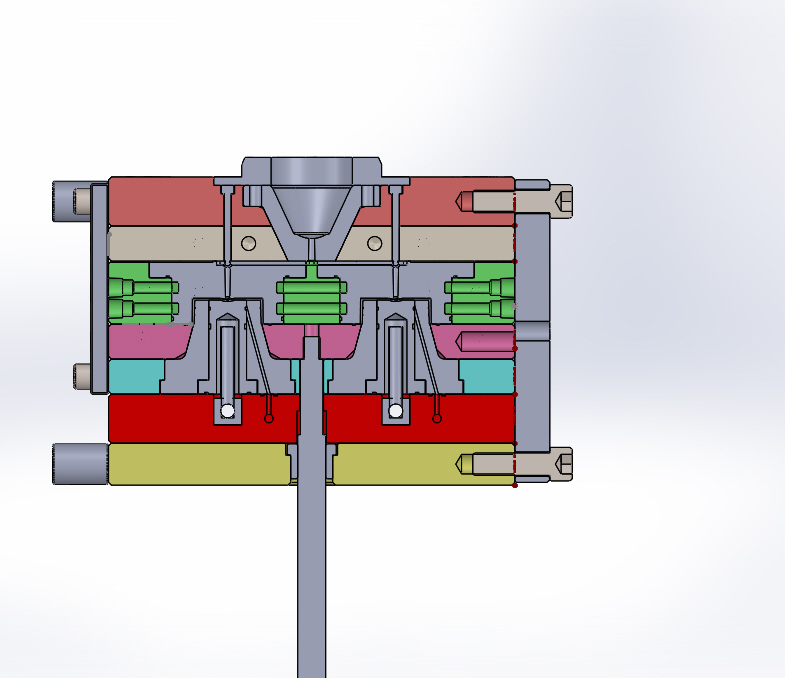- Home
- Lean Principles
- Machine Selection
- Mold Design
- Mold Interlocking
- Mold Making
- Plastic Material Technology
- Molding Process
- Plastic News
- What's New
- Privacy Policy
- Disclaimer
- Site Map
- Poll
- Polishing
- 3D Rapid Prototyping
- Molding Companies
- Contact Us
- Proven Thinwall Packaging Mold Designs For Sale
- MOLD WEIGHT CALCULATOR
- HOT RUNNER VERSUS COLD RUNNER
Plastic Raw Material Technology For Increased Productivity
When it comes to trends in the injection molding industry, plastic raw material technology plays a critical role. Improved part quality at shorter lead times and lower unit costs are 3 of the most important current trends. Material technology contributes to all three.
Polypropylene
One of the most commonly used plastic raw materials is polypropylene resin. Polypropylene has a wide variety of applications and packaging is one of the largest. A number of major plastic manufactures have developed materials for thin wall applications that claim to reduce cycle time and machine energy consumption while increasing part quality.
For example, one manufacturer claims that their high flow polymers (up to 110 MFI) allow a broader processing window, lower machine energy consumption and give a shorter cycle time. The shorter cycle time and lower energy consumption is because lower barrel temperatures can be used.
Similarly, a plastic injection molding company claim they have achieved nearly 8% energy saving by switching to a different random PP copolymer for their houseware products. The melt temperature was reduced by 35 degrees celsius while cycle times were cut by 15.5% due to improved flow. That resulted in a 7.7% reduction in energy use. Click here to get help with finding a suitable material for your next project.
Polycarbonate
A polycarbonate is another resin that has been developed for easier processing purposes. Bayer Material Science have developed a grade that provides ease of colouring as well as high flow characteristics for production of complex part designs.
Other polycarbonate grades have been developed for easier demoulding. These grades are useful when parts are difficult to eject from a mold core. They are available in the basic grade, medical grade and the easy flowing grades.
Polyamides
In regards to polyamides, one manufacturer claims that their material not only provides a higher flow –which should give easier processing- but also minimizes machine corrosion which can be a problem with flame retardant polyamides.
Polymer Additives
Another important field is that of polymer additives. They have the potential to increase part quality and productivity. Commonly used additives are slip agents for easier demoulding, process stabilizers for melt and colour stability and nucleating agents for faster cycle times.
Nucleating agent additives effectively reduce the time required for a plastic part to cool from a melt to a solid inside a mould tool. This means the cooling time component of a cycle can be reduced. Nucleating agents can be added to polypropylene, polyethylene, nylons, PBT and PVC plastic raw materials. Click here to read about a case study that improved productivity by 13%.
Additional Comments
Although there are a number of ways to make processing techniques easier and to improve part quality or reduce energy consumption, few techniques are more immediate than the appropriate change in plastic raw material or the addition of an additive resin.
In any case, they should not be a substitute for poor research and planning at the beginning of a new molding project. Proper part and mold design, material and machine selection will avoid any need for change in materials or additives at a later time. This will only eat into your profit margins.
Return from Plastic Raw Material Technology to HomePage
References
Injection world magazine Jan/Feb 2013
Injection world magazine March 2013





